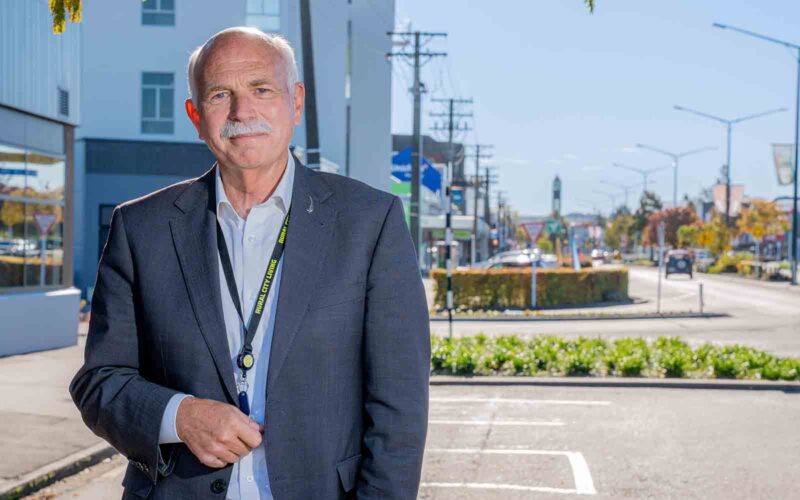Gore has 90 job vacancies, a problem that is becoming more pronounced and shows no sign of going away.
The jobs are across the spectrum: farming to automotive, education to retail and hospitality.
“Generally speaking, employers are crying out for workers and it’s across all the sectors as they probably are throughout the country,” Gore District Council’s newcomers network co-ordinator Mark McCann says.
The District has a population of about 13,500, with Gore home to 10,000 of those, which has been steady for the past 15 years.
But it is ageing with a median age of 43.6 at 2018 census.
McCann says job vacancies have in recent years varied between 80 and 100 but it is worsening without access to foreign labour.
Competition from Australia, which offers a two year work for residency programme for dairy workers, has accentuated that problem as will the resumption of international travel.
Like many rural communities, migrant workers have filled the vacuum.
Gore is now home to 45 ethnicities including a large population of Filipinos farm workers.
“Agriculture is very reliant of people from overseas, They fill a large part of the void,” McCann says.
Gore Mayor Tracy Hicks recalls as a youngster there were few migrants in the community but says they are now an integral part.
“Agriculture is very reliant of people from overseas, They fill a large part of the void.”
Mark McCann
Gore District Council
Like most rural communities, young people from Gore tend to drift to larger centres for education and many do not return, either working in urban jobs or venturing overseas.
“We have to ensure the lifestyle they enjoyed as they grew up here is still there when they settle down so they want to come back.”
He says attracting people to move to rural communities is a challenge and, like many other local authorities, his council is promoting the region’s lifestyle, lower housing and living costs alongside opportunities.
“We’re placing a focus on lifestyle, that Gore is a good place to raise a family and for young people and it is close to Stewart Island, the lakes and mountains,” Hicks says.
“Alongside that we have a number of jobs.”
He acknowledges the inducement was used by other councils to promote their districts but says workers from Wellington and Auckland are being attracted to move to Gore.
Hicks says managing Gore’s ageing demographic is a challenge.
“We are looking at what happens as older generations transition out of work and what that means to the community, while also finding younger people to fill the gaps.”
One challenge for young rural people is getting their driver’s licence.
Testers visit from outside rural towns, but co-ordinating days they are available with demand,can be challenging and delay young people getting their licence.
McCann says the council works with the Ministry for Social Development (MSD) on a Closing the Gaps initiative that provides funding to support youth into employment,and helping people move to the regions for work.
They aim to place 50 job seekers with employers each year, but in the past 18 months have placed 98.
McCann says he would like more farmers to be involved in the scheme, which is tailored for small to medium businesses.
MSD figures show that in the quarter to December 2021,there were 780 people on a benefit in the Gore district, with numbers fluctuating from about 700 in 2018 to more than 800 in 2020.
Of those, 354 were receiving a job seeker benefit, 186 were solo parents, 225 supported living and 15 on other benefits.
Almost all beneficiaries are of working age, aged 18-64.






